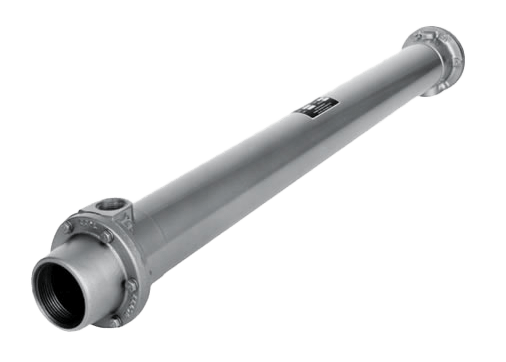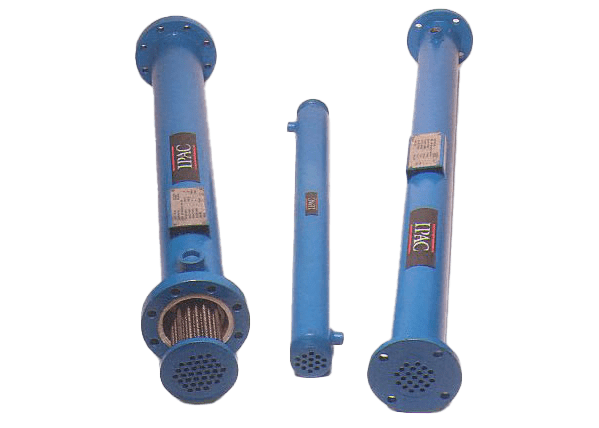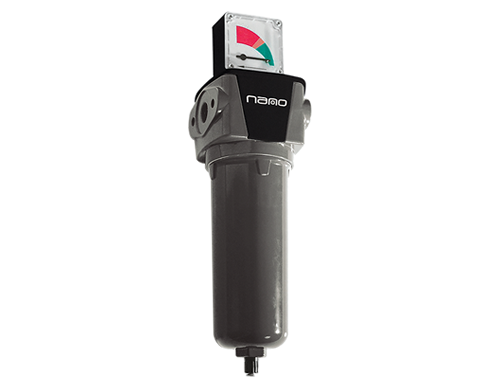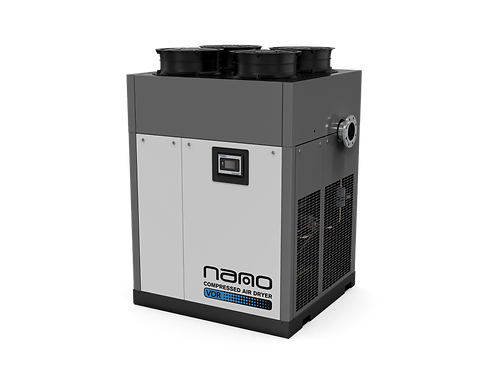Compressor Cooling Solutions
Benefits of Water-Cooled Aftercoolers
Water-cooled aftercoolers are essential for optimizing the performance and durability of compressed air systems. By efficiently cooling hot compressed air and removing moisture, these systems safeguard downstream equipment, improve air quality, and lower operational costs. Our solutions are engineered for superior heat transfer and reliability, customized to meet your specific cooling requirements across diverse industries.
- Enhanced Moisture Removal: Cools air to condense up to 75% of water vapor, protecting pneumatic tools and processes from corrosion and damage.
- High Energy Efficiency: Utilizes water for superior heat exchange, reducing air temperature and minimizing energy demands on downstream dryers.
- Extended Equipment Life: Lowers heat stress on compressors and downstream components, prolonging service life and reducing maintenance needs.
- High-Capacity Cooling: Ideal for large-scale or high-temperature applications, offering robust cooling performance in demanding environments.
- Superior Air Quality: Effectively removes contaminants and moisture, delivering clean, dry air for critical applications such as pharmaceuticals or food processing.
- Reliable Operation: Designed for consistent performance with minimal downtime, leveraging water-cooling for stable and efficient heat management.
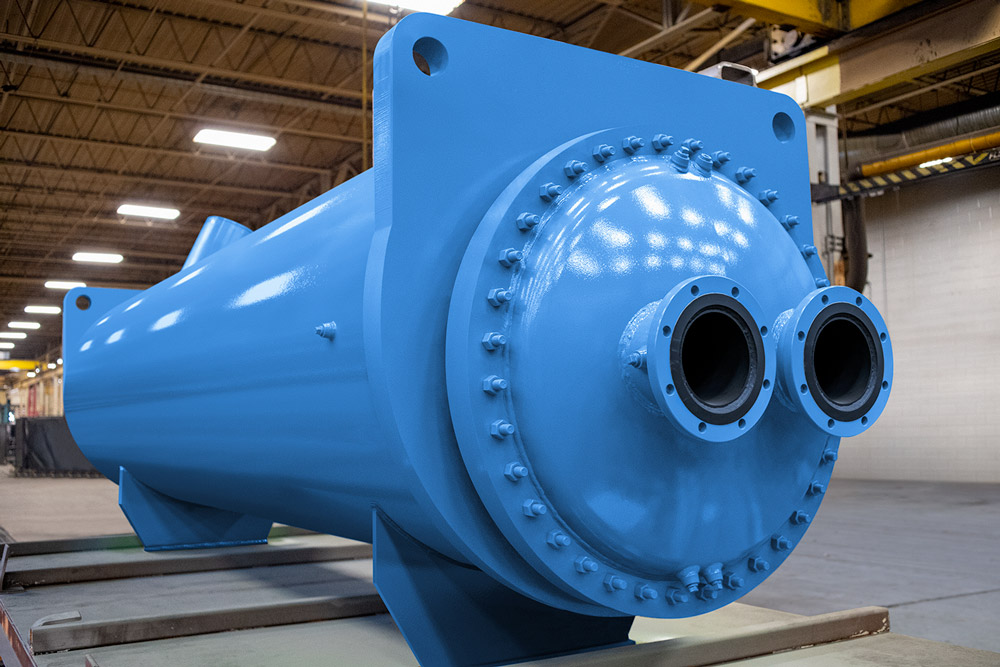
Welcome to HeatX Inc.
A trusted leader in delivering high-quality water cooled aftercoolers tailored to meet the demands of diverse industries. Our experienced team of engineers specializes in designing and selecting the optimal aftercooler solutions, ensuring superior performance and reliability for applications in sectors such as manufacturing, energy, and chemical processing.
Our water cooled aftercoolers are engineered for efficiency, durability, and seamless integration, providing effective cooling for compressed air and gas systems. We offer a range of designs, including shell & tube and plate & frame configurations, each built to withstand rigorous operational conditions while maintaining peak performance. Whether you need a standard off-the-shelf unit or a custom-engineered solution, we deliver products that meet your specific requirements at competitive prices.
At HeatX Inc., our mission is to support you at every step—from system design and selection to production and installation—ensuring your aftercooler solution exceeds expectations and drives operational success.

